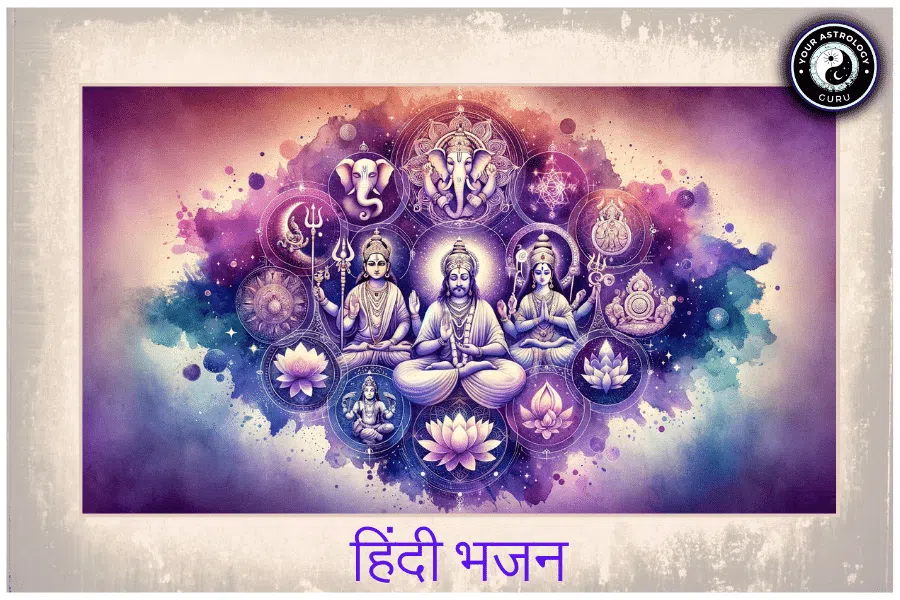KP Astrology, also known as Krishnamurti Paddhati, is a unique and powerful system of astrology that was developed by the late Indian astrologer, Prof. K.S. Krishnamurti. It is based on the principles of stellar astrology and provides accurate predictions by using a combination of various techniques and tools. One of the key components of KP Astrology is Bhava and Cusp Analysis.
Bhava refers to the houses in a birth chart, while Cusp refers to the dividing line between two houses. In KP Astrology, each house is divided into nine equal divisions called sub-divisions or sub-lords. These sub-lords play a crucial role in determining the significations and outcomes related to the house they are placed in.
Table of Contents
Understanding the Basics of Bhava and Cusp Analysis
In astrology, Bhava refers to the different areas of life that are represented by the twelve houses in a birth chart. Each house has its own significance and represents a specific aspect of life such as career, relationships, health, etc. The Cusp, on the other hand, is the dividing line between two houses and determines which house a planet or point falls into.
The importance of Bhava and Cusp in astrology cannot be overstated. They provide valuable insights into various aspects of a person’s life and help astrologers make accurate predictions. By analyzing the placement of planets in different houses and their relationship with the Cusp, astrologers can gain a deeper understanding of an individual’s personality, strengths, weaknesses, and potential life events.
There are different types of Bhavas in astrology, each representing a specific area of life. For example, the first house represents the self and physical appearance, the second house represents wealth and possessions, the seventh house represents relationships and partnerships, and so on. By analyzing the placement of planets in these houses and their relationship with the Cusp, astrologers can gain valuable insights into a person’s life and make accurate predictions.
Importance of Bhava and Cusp Analysis in KP Astrology
Bhava and Cusp Analysis play a crucial role in making accurate predictions in KP Astrology. By analyzing the placement of planets in different houses and their relationship with the Cusp, astrologers can determine the significations and outcomes related to various areas of life.
One of the key benefits of Bhava and Cusp Analysis is that it helps astrologers determine the strength of planets. Each planet has its own significations and strengths, which are influenced by the house they are placed in and their relationship with the Cusp. By analyzing these factors, astrologers can determine the overall strength of a planet and its ability to deliver positive or negative results.
Bhava and Cusp Analysis also play a crucial role in timing events. By analyzing the placement of planets in different houses and their relationship with the Cusp, astrologers can determine when certain events are likely to occur in a person’s life. This is especially useful for predicting major life events such as marriage, career changes, health issues, etc.
How to Calculate Bhava and Cusp in KP Astrology
Calculating Bhava and Cusp in KP Astrology requires accurate birth time and location information. The birth time should be as precise as possible, preferably down to the minute. The birth location should be the exact place where the person was born.
To calculate Bhava and Cusp, you will need to use a reliable software or an ephemeris. The software will calculate the positions of planets at the time of birth and generate a birth chart. The birth chart will show the placement of planets in different houses and their relationship with the Cusp.
Once you have the birth chart, you can analyze the placement of planets in different houses and their relationship with the Cusp to gain insights into various aspects of a person’s life.
Tips for Accurate Bhava and Cusp Analysis in KP Astrology
To ensure accurate Bhava and Cusp Analysis in KP Astrology, it is important to follow certain tips and guidelines:
1. Use a reliable software: It is important to use a reliable software or ephemeris to calculate Bhava and Cusp. This will ensure accurate calculations and interpretations.
2. Check for errors in calculations: Double-check your calculations to make sure there are no errors. Even a small mistake can lead to inaccurate predictions.
3. Understand the significance of each Bhava and Cusp: It is important to have a thorough understanding of the significance of each Bhava and Cusp. This will help you interpret the placement of planets accurately and make accurate predictions.
Importance of House Lords in Bhava and Cusp Analysis
House Lords play a crucial role in determining the strength of planets in Bhava and Cusp Analysis. The House Lord is the ruler of a particular house and represents the significations related to that house.
The placement of House Lords in different houses and their relationship with the Cusp can provide valuable insights into a person’s life. For example, if the House Lord of the first house is placed in the tenth house, it indicates that career and public image are important aspects of the person’s life.
The House Lords also play a significant role in timing events. By analyzing the placement of House Lords in different houses and their relationship with the Cusp, astrologers can determine when certain events are likely to occur in a person’s life.
How to Interpret Bhava and Cusp Analysis in KP Astrology
Interpreting Bhava and Cusp Analysis in KP Astrology requires a thorough understanding of the significance of each Bhava and Cusp. Here are some guidelines to help you interpret Bhava and Cusp Analysis accurately:
1. Understand the significance of each Bhava and Cusp: Each Bhava and Cusp represents a specific area of life. It is important to understand the significations related to each Bhava and Cusp to interpret their placement accurately.
2. Interpret the placement of planets in each Bhava and Cusp: The placement of planets in different houses and their relationship with the Cusp can provide valuable insights into a person’s life. Analyze the placement of planets in each Bhava and Cusp to determine their significations and outcomes.
3. Use Bhava and Cusp Analysis for accurate predictions: By analyzing the placement of planets in different houses and their relationship with the Cusp, you can make accurate predictions about various aspects of a person’s life.
Common Mistakes to Avoid in Bhava and Cusp Analysis
When it comes to Bhava and Cusp Analysis, there are some common mistakes that astrologers should avoid:
1. Overlooking the importance of accurate birth time and location: Accurate birth time and location are crucial for accurate Bhava and Cusp Analysis. Even a small error in birth time or location can lead to inaccurate predictions.
2. Misinterpreting the placement of planets in Bhava and Cusp Analysis: It is important to interpret the placement of planets accurately in Bhava and Cusp Analysis. Misinterpreting the placement can lead to inaccurate predictions.
3. Ignoring the significance of House Lords: House Lords play a crucial role in determining the strength of planets in Bhava and Cusp Analysis. Ignoring their significance can lead to inaccurate predictions.
Advanced Techniques for Bhava and Cusp Analysis in KP Astrology
There are several advanced techniques that can be used for more accurate Bhava and Cusp Analysis in KP Astrology:
1. Using divisional charts: Divisional charts, also known as Vargas, provide more detailed insights into various aspects of a person’s life. By analyzing the placement of planets in divisional charts, astrologers can make more accurate predictions.
2. Incorporating Nakshatras in Bhava and Cusp Analysis: Nakshatras, or lunar mansions, play a significant role in astrology. By analyzing the placement of planets in different Nakshatras, astrologers can gain deeper insights into a person’s life.
3. Using transits for timing events: Transits of planets can provide valuable insights into the timing of events. By analyzing the transits of planets in relation to the placement of planets in Bhava and Cusp Analysis, astrologers can determine when certain events are likely to occur.
Importance of Timing in Bhava and Cusp Analysis
Timing is a crucial aspect of astrology. The timing of events can greatly influence their outcome and impact on a person’s life. Bhava and Cusp Analysis can be used to determine the timing of events by analyzing the placement of planets in different houses and their relationship with the Cusp.
By analyzing the transits of planets in relation to the placement of planets in Bhava and Cusp Analysis, astrologers can determine when certain events are likely to occur. This can be especially useful for predicting major life events such as marriage, career changes, health issues, etc.
Mastering Bhava and Cusp Analysis in KP Astrology
Bhava and Cusp Analysis is a powerful tool in KP Astrology that provides valuable insights into various aspects of a person’s life. By analyzing the placement of planets in different houses and their relationship with the Cusp, astrologers can make accurate predictions about an individual’s personality, strengths, weaknesses, and potential life events.
To master Bhava and Cusp Analysis in KP Astrology, it is important to have a thorough understanding of the significance of each Bhava and Cusp, as well as the placement of planets in each house. It is also important to use a reliable software or ephemeris for accurate calculations and interpretations.
By continuing to learn and practice Bhava and Cusp Analysis, astrologers can enhance their skills and provide accurate predictions to help individuals navigate their lives with clarity and insight.















